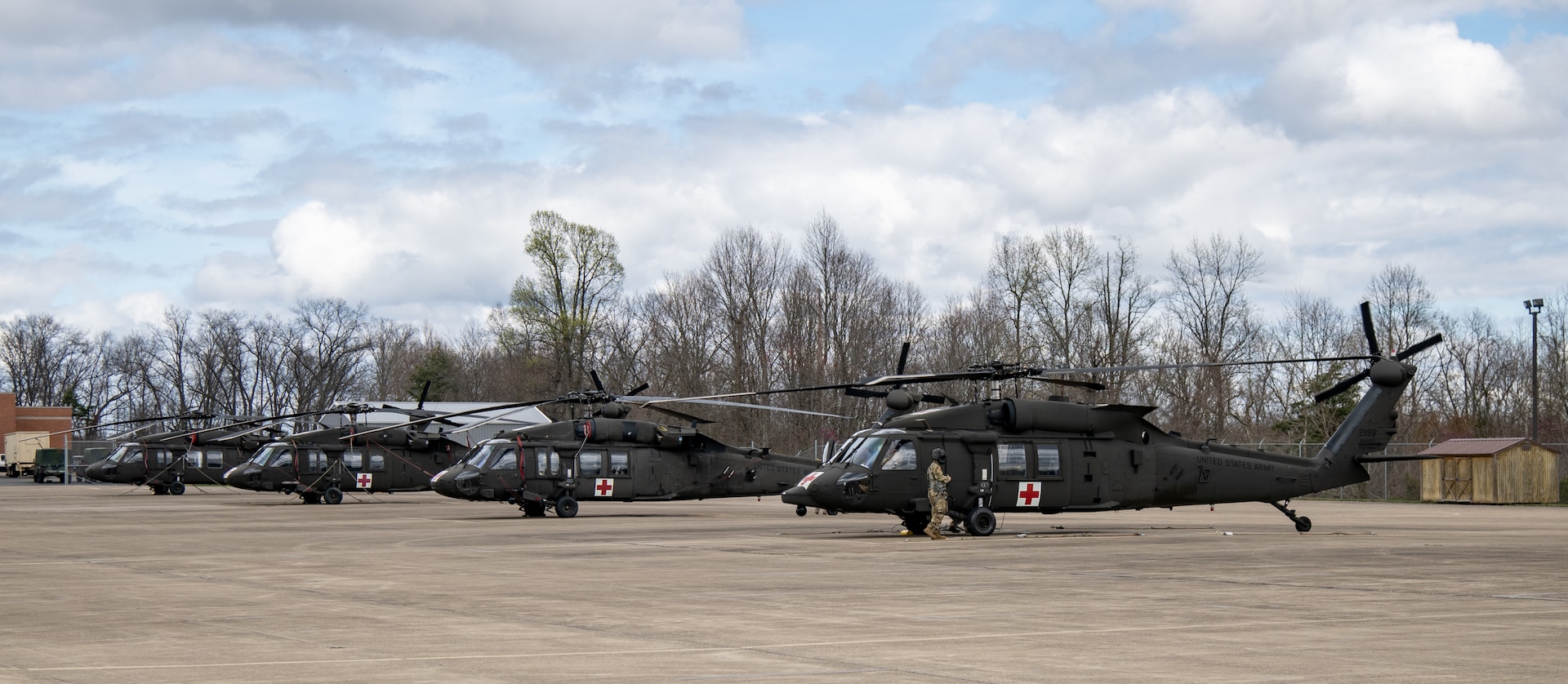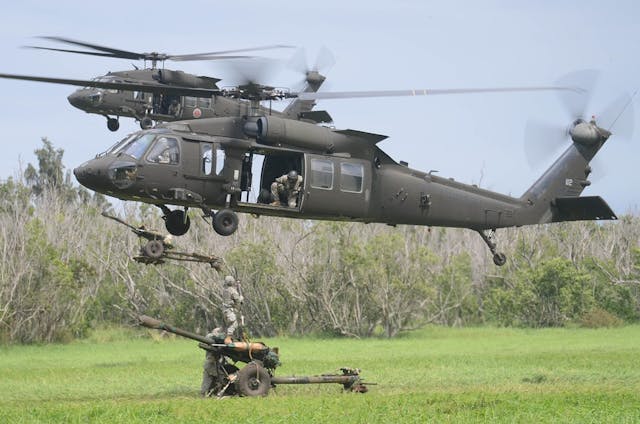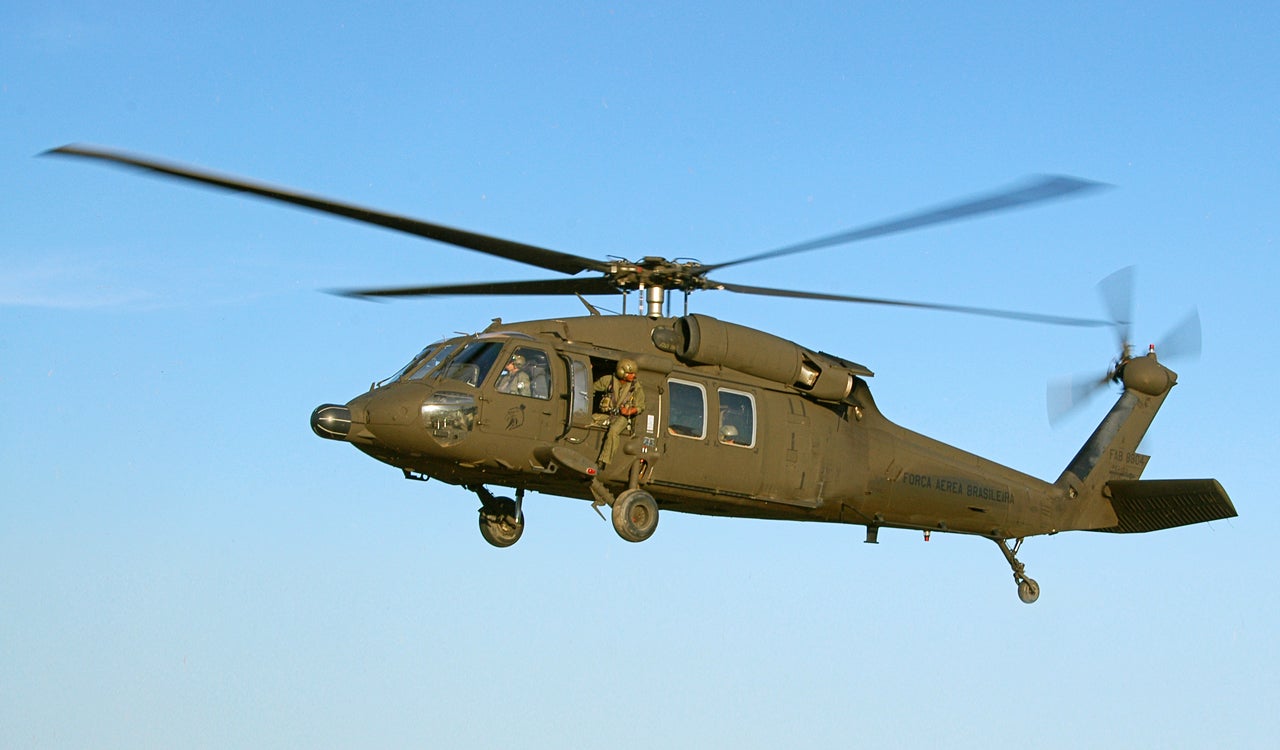The Influence of Lasting Practices on the Future of Aircraft Operations and Emissions Decrease
As the air travel market encounters increasing analysis over its environmental effect, the adoption of lasting methods emerges as a crucial pathway towards future aircraft procedures and emissions decrease. Developments in lasting aeronautics fuels and developments in hybrid propulsion innovations stand at the center of this makeover, encouraging substantial reductions in greenhouse gas discharges. Nonetheless, the successful combination of these initiatives hinges on a variety of factors, consisting of regulatory structures and industry cooperation. The question continues to be: exactly how will these developing techniques improve the dynamics of flight and add to a much more lasting future?

Review of Sustainable Practices
Sustainable practices in airplane operations incorporate a range of approaches aimed at lowering ecological impact while maintaining functional performance. These techniques are crucial in the air travel sector's commitment to reducing its carbon impact and adhering to international environmental criteria. Trick efforts include optimizing trip courses to minimize gas intake, improving maintenance methods to make certain aircraft operate at peak effectiveness, and implementing innovative modern technologies such as winglets and lightweight products that enhance aerodynamics.

Engaging and educating staff on sustainability techniques additionally play a crucial duty, cultivating a society of ecological responsibility within companies. Overall, the combination of these lasting practices not only helps in reducing discharges however additionally boosts the long-term stability of the aviation industry, guaranteeing it satisfies the demands of both consumers and regulatory bodies while adding to worldwide sustainability objectives.
Cutting-edge Fuel Alternatives
Many innovative fuel options are emerging as pivotal remedies to reduce the aviation market's reliance on conventional nonrenewable fuel sources. Among these alternatives, Lasting Aeronautics Fuels (SAFs) have actually gotten substantial attention because of their prospective to lower lifecycle greenhouse gas emissions by as much as 80% compared to traditional jet fuels. SAFs are obtained from numerous feedstocks, including waste oils, farming residues, and also algae, making them a flexible alternative for the sector.
An additional appealing choice is hydrogen gas, which, when used in gas cells, generates just water vapor as a byproduct. Additionally, electrical propulsion systems are being explored, leveraging battery innovation to power aircraft.
Lastly, biofuels stemmed from biomass are being examined, supplying a sustainable option that can be blended with traditional gas. Collectively, these cutting-edge fuel alternatives represent a critical step towards achieving a lasting air travel ecosystem, straightening with international discharges decrease targets and enhancing the sector's environmental stewardship.
Technical Developments in Aviation

How can technical advancements improve the future of aeronautics? Technologies this link such as hybrid and electric propulsion systems are at the center, promising significant decreases in gas intake and greenhouse gas emissions.
Furthermore, the implementation of sophisticated products, such as lightweight compounds, adds to boosted the rules of aerodynamics and gas efficiency. Using artificial intelligence and artificial intelligence in flight procedures optimizes course preparation and lowers fuel melt by enabling real-time changes based on climate and traffic problems. Furthermore, the growth of autonomous and remotely piloted airplane systems stands to reinvent cargo and guest transport, potentially raising effectiveness while decreasing human error.
In addition, lasting aviation technologies, including innovative air web traffic administration systems, can streamline procedures and minimize blockage, causing lower emissions during trip. These improvements jointly represent a standard shift in aviation, promising a future where sustainability and operational efficiency are intertwined, therefore sustaining the market's commitment to reducing its environmental impact.

Regulatory Framework and Compliance
Taking into account the expanding emphasis on ecological stewardship within the aeronautics field, the governing framework controling aircraft procedures is developing to promote lasting practices. Regulatory bodies, such as the International Civil Aeronautics Organization (ICAO) and numerous nationwide air travel authorities, are introducing stringent standards focused on reducing discharges and enhancing operational efficiency.
These regulations often include the fostering of Sustainable Aeronautics Fuel (SAF), which has been recognized as a key component in achieving reduced carbon footprints. Conformity with these regulations needs airline companies to carry out innovative modern technologies and functional techniques, such as enhanced flight paths and enhanced air traffic management, to minimize fuel usage.
Furthermore, the enforcement of emissions trading plans and carbon balancing out efforts is ending up being progressively prevalent, engaging airline companies to keep track of check my blog and report their exhausts accurately. Non-compliance can result in significant fines, therefore pressing drivers to prioritize sustainability in their company designs.
Eventually, the advancing regulative landscape not just drives development and financial investment in environment-friendly modern technologies yet also fosters a society of liability within the aeronautics sector. As these frameworks remain to develop, the emphasis on lasting practices will certainly be integral to accomplishing the industry's lasting environmental objectives.
Future Fads in Airplane Operations
As the aeronautics market adapts to an increasingly rigorous regulative environment, future trends in airplane operations are established to concentrate on innovative options that additionally improve sustainability and performance - uh 60. Key developments will likely consist of the adoption of innovative air traffic management systems, which use real-time data and expert system to optimize flight paths, lowering fuel intake and exhausts
An additional significant trend is the raised integration of lasting air travel gas (SAFs) These choices to traditional jet gas, acquired from sustainable sources, can dramatically lower lifecycle greenhouse gas emissions. The market's commitment to SAFs will likely increase as airline companies collaborate with gas producers to guarantee schedule and cost-effectiveness.
In addition, the push in the direction of electrification and crossbreed propulsion systems is getting momentum. Arising aircraft designs will certainly include these innovations, offering quieter and extra efficient procedures, particularly for short-haul trips.
Final Thought
The fostering of lasting aviation fuels, combined with innovations in electric and hybrid propulsion systems, is vital for reducing lifecycle greenhouse gas emissions. Optimizing trip paths and welcoming ingenious modern technologies add to a quieter and more environmentally pleasant aeronautics market.
Technologies in sustainable air travel fuels and innovations in hybrid propulsion modern technologies stand at the center of this change, appealing significant reductions in greenhouse gas exhausts.Various innovative gas alternatives are emerging as critical remedies to reduce the air travel market's dependence on standard fossil fuels - uh 60. Among these options, Sustainable Air travel Gas (SAFs) have actually acquired considerable interest due to their prospective to lower lifecycle greenhouse gas exhausts by up to 80% contrasted to standard jet gas.An additional significant trend is the raised integration of lasting air travel fuels (SAFs) The check my blog adoption of sustainable air travel fuels, coupled with innovations in hybrid and electric propulsion systems, is important for lessening lifecycle greenhouse gas discharges
Comments on “UH 60 Black Hawk: Army Helicopter Attributes and Capabilities”